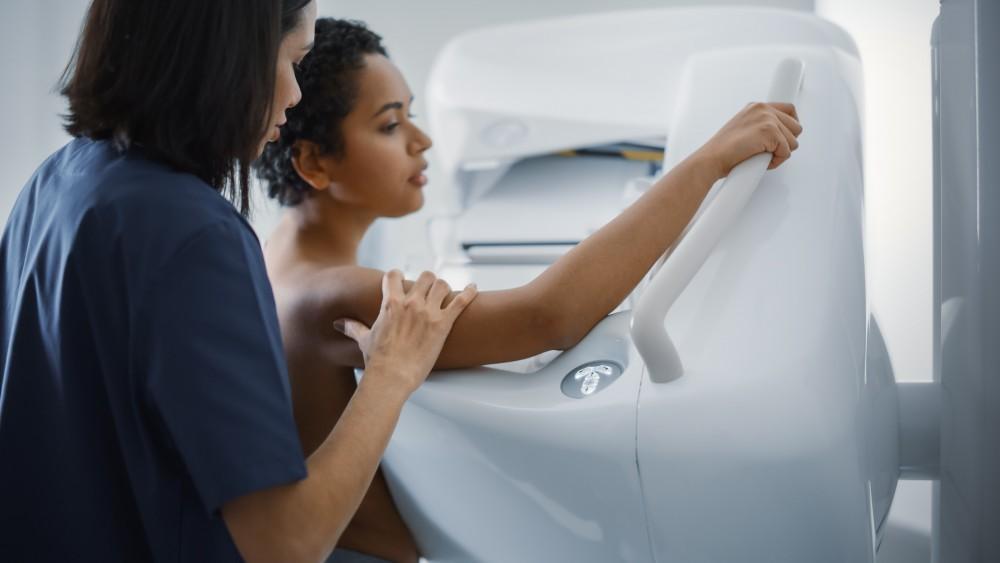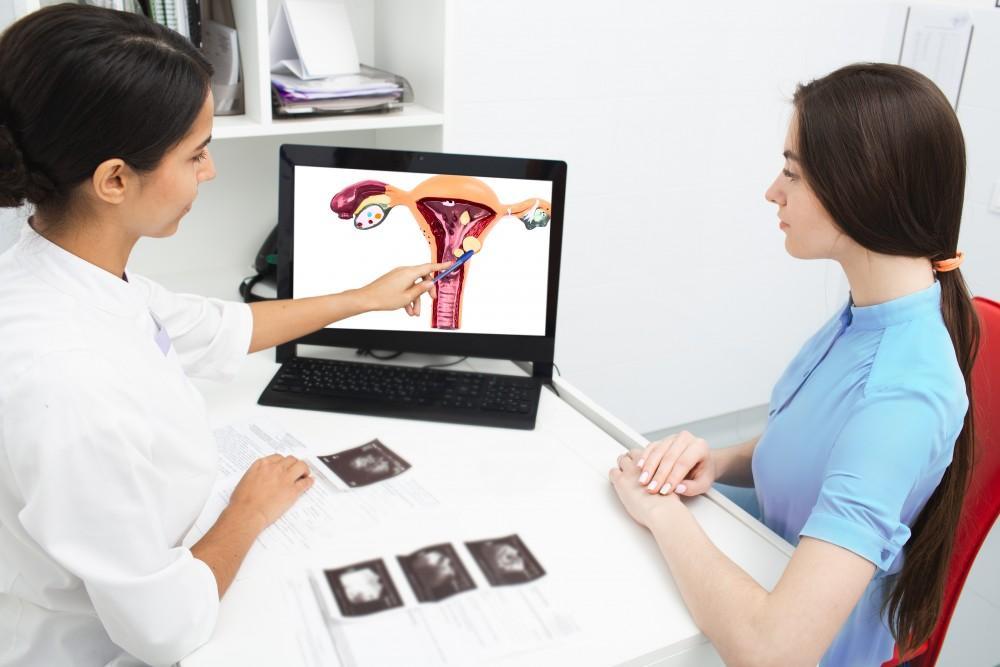
What to Expect From Your First 3D Mammogram
A mammogram is an X-ray of your breasts. It’s the best way to identify early...
Read MoreSkin-to-skin contact between moms and newborn babies directly after birth can be used to promote breastfeeding and may give babies a healthier start in life, according to a new analysis of already existing study data.
Women who had skin-to-skin contact with their unclothed babies immediately after delivery were more likely to breastfeed for a longer period of time than women who didn’t have their babies placed on their skin right away, the data shows.
“The more you can do to place the mother and baby together and disturb them as little possible during that first hour, the better off they’ll be,” said lead author Elizabeth Moore, of the School of Nursing at Vanderbilt University in Nashville, Tennessee.
Newborns are very often separated from their mothers at birth. The new analysis of existing data looked at whether placing naked babies on their mother’s bare chest improved breastfeeding and whether it also affected the overall health of the baby.
The researchers looked through medical literature and found 46 randomized controlled trials to include in their review. The trials included 3,850 women and their newborns from 21 countries. All babies were healthy and most were born at term.
“We compared those trials to usual care, and usual care was very different depending on the trial,” said Moore. Trials from the 1970s may have separated mothers from their babies for hours. In more modern trials, babies might be swaddled in a blanket before being handed to the mother.
Compared to babies and mothers who received usual care, those who received skin-to-skin contact immediately after birth were about 24 percent more likely to still be breastfeeding one to four months later. This is significant as other studies continue to support that breastfeeding improves the ability of babies to fight off common colds and their overall health.
Infants who received skin-to-skin care were also 32 percent more likely to successfully breastfeed on their first try.
Evidence also suggested babies did better after receiving skin-to-skin contact after birth. They had higher scores on a measure evaluating their heart and lung function, had higher blood sugar levels and had a similar body temperature to their swaddled counterparts.
Skin-to-skin contact should begin as soon as possible and last for at least 60 minutes, she said. The hour will give babies time to recover from the birthing experience, find the mother’s nipple and latch on.
“It’s not something you can do in just 15 minutes,” she said.
Moore said more research is needed on skin-to-skin contact after cesarean births and among babies born near full term.
Speaking to your healthcare professional about this subject and others associated with pregnancy and childbirth is a good decision. The Women’s Center makes it simple for women to gain access to pertinent information with our online “Ask the Nurse” form. With seven offices throughout Central Florida and a very large array of health care providers, you can rest assured that your questions and concerns can be addressed, helping you receive the highest quality of women’s health care possible! The Women’s Center of Orlando, delivering joy, convenience and peace of mind!




A mammogram is an X-ray of your breasts. It’s the best way to identify early...
Read More
About 1 in 10 women has ovarian cysts. These small growths form on your ovaries,...
Read More
If you and your partner have decided you’re ready to start growing your family, you’re...
Read More